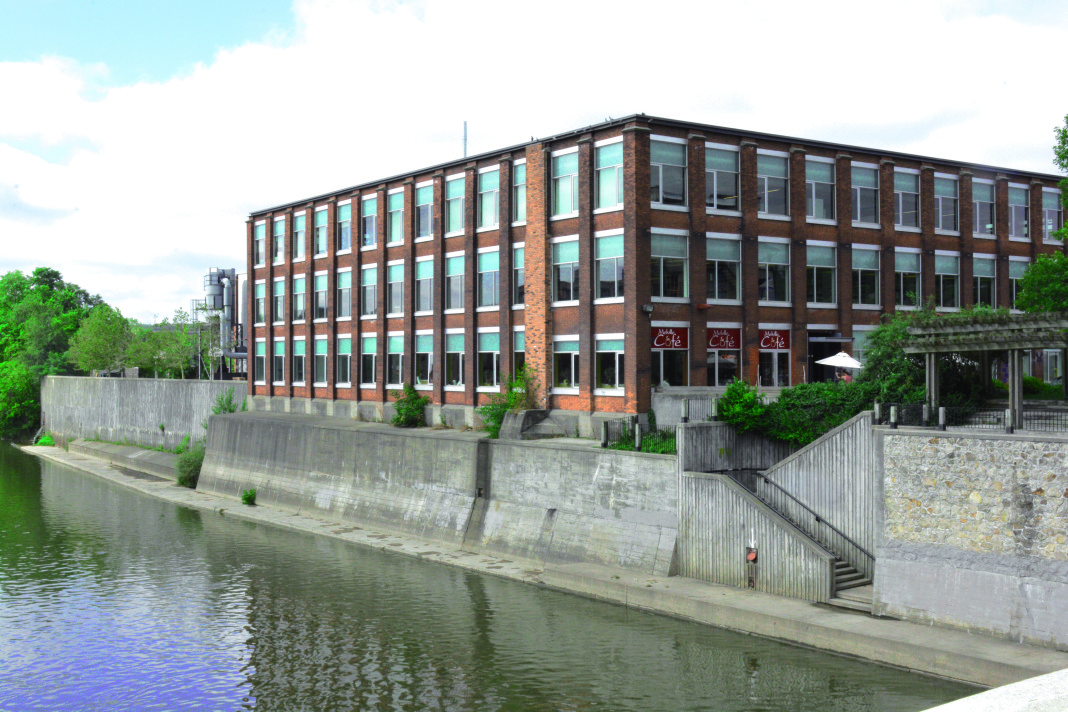Pending approval from the Ontario University Council of Quality Assurance, this February, a degree in architectural engineering will be offered at the University of Waterloo for the 2018-2019 school year. Professor Scott Walbridge is the future director of the UW program, which combines civil engineering, environmental engineering, and the architecture program available on the design campus in Cambridge.
While the University of Waterloo is well renowned in each of these fields, the goal of architectural engineering is to create engineers with technical backgrounds in design.
Walbridge is optimistic about the program’s success: “We’ve already received around 245 applications for the coming year.” Architectural engineering admissions may continue to accept students until the end of February, and will only accept 120 students this term. Additionally, “it will be difficult for [current engineering] students to switch in” he said, since they are building the program from the freshman class.
Admittance will require the same standards as other engineering programs, though the program will be searching for students demonstrating interest in design or construction.
60 students are enrolled into environmental engineering each year, 125 in civil, and 80 in architecture.
While architectural engineering is expected to cut into the other program’s enrollments, Walbridge said, “Many of the students will hopefully come from all over North America” since this is the only architectural engineering program available on this continent. Additionally, “as it stands, we turn away a lot of high-quality candidates for [the other engineering] programs” with acceptance rates of 33 per cent and 25 per cent in civil engineering and environmental engineering, respectively.
Each year, students will be enrolled in a studio course, asking them to apply knowledge from their various classes and work side-by-side.
This peer learning and critique, with a compulsory co-op, will place a level of experiential learning on top of abstract design elements. In third year, students will be on the Cambridge campus studying with architecture students. The fourth-year electives of civil and architectural engineering will also be aligned, allowing programs to overlap eventually.
By that time, approximately 13 more professors will be hired to keep up with the expected number of students.
The program’s co-op students will find careers in building science, construction planning, and consulting. However, Walbridge admits “[architectural engineers] will never replace the creative and social functions of architects” but says that there is a lot of room for technical-minded employees to work with aging buildings, repurposed buildings, and reducing greenhouse gas emissions. These are gaps which Walbridge has identified within the current education of engineers. After doing his masters degree in Switzerland, Walbridge was exposed to new concepts regarding engineering: “they place more emphasis on aesthetics and conceptual design.”
When asked “Why Waterloo?” Walbridge responded, “Waterloo is the perfect place for the program for a couple of reasons: we have one of the greatest architecture programs already … and an incredible emphasis placed upon experiential learning … with a studio stream.
To skeptics of the program’s function, Walbridge said “They will graduate as fully-licensed engineers, with the ability to understand and contribute to buildings and designs.”































